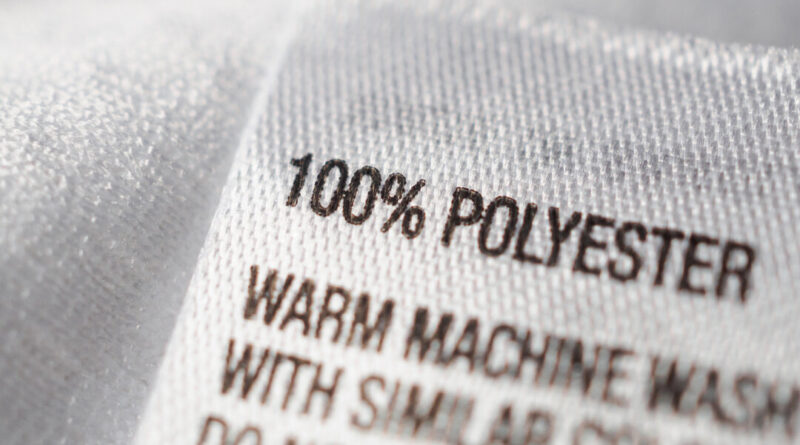Everyday Items Concealing Microplastics: How They Infiltrate Our Bodies
Microplastics have the ability to easily enter and accumulate in the human body, although their impact on health is not yet fully understood. These invisible particles, ranging in size from tiny to no larger than the width of a pencil eraser, are pervasive in our environment, from the peaks of Mount Everest to our own bloodstream.
According to a recent scientific review, the health risks associated with microplastics are substantial due to their ability to persist in the environment and carry harmful chemicals. People may unknowingly consume the equivalent of a credit card in plastic each week through food intake alone, with potential implications for genetic damage and chronic health problems.
Between 10 and 40 million tons of microplastics enter the environment each year, a figure projected to double by 2040 if current trends continue. Even if new emissions were to cease today, existing levels of microplastics would continue to rise as older plastic breaks down into smaller particles.
Microplastics, which are solid plastic particles smaller than 5 millimeters, permeate ecosystems and have made their way into our food, water, and ultimately our bodies. They originate from the breakdown of larger plastics as well as from sources like textiles, tires, paint, clothing, and soft furnishings. Despite the prevalence of plastics in our everyday items, many people are unaware that products like clothes, carpets, and bedding are made of plastic and shed microplastics and toxic chemicals into the environment.
Various methods of exposure to microplastics exist, including inhalation, skin absorption, and oral ingestion through contaminated food and beverages. Research has shown that microplastics have been detected in various parts of the human body, including blood vessels, the brain, blood, saliva, lungs, feces, placenta, liver, and colon.
Health implications of microplastic exposure include triggering immune responses, oxidative stress, inflammation, DNA damage, allergic reactions, cell death, cancer, disrupted hormone functions, and metabolic processes. Associated with an increased risk of diseases, microplastics can also carry viruses and bacteria into the body.
Although efforts are being made to combat microplastic pollution globally, there is currently no standardized way to assess microplastic risks or measure human exposure. Ways to reduce exposure include conducting a plastic audit of the home, avoiding single-use plastics, opting for natural fabrics over polyester, avoiding recycled plastics, and advocating for legislation to reduce plastic usage.
Global initiatives such as the United Nations Environment Assembly’s resolution to create a legally binding treaty on plastic pollution and efforts by countries like the European Union, the United States, Canada, and the United Kingdom to address microplastic sources are steps toward mitigating the impact of microplastics on human health and the environment.
Source link

